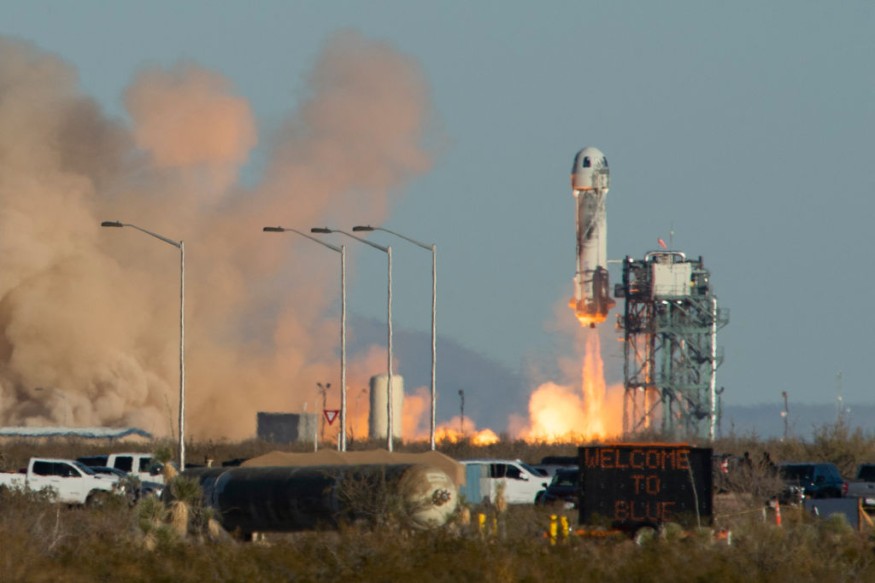One of the powerful BE-4 rocket engines of Blue Origin's New Glenn rocket unfortunately exploded during testing on June 30, as per CNBC's Michael Sheet. The report noted that the engine will be used to power the New Glenn rocket as well as the Vulcan Centaur of United Launch Alliance (ULA).

Dramatic Explosion Destroyed Rocket Engine
The BE-4 rocket engine reportedly detonated approximately 10 seconds into the test, which Blue Origin performed at its West Texas site last month. Witnesses described the explosion as dramatic and noted its destruction of the engine and damage to the test stand infrastructure.
Sheetz wrote in his report on CNBC that the engine was being prepared to fly on Vulcan Centaur's second launch. Meanwhile, Blue Origin has released a statement to the news outlet, verifying that fact, as well as the testing event.
The statement says that despite the explosion, no personnel was injured and that they are currently assessing the root cause. As of now, investigators have already identified the cause of the anomaly and are working towards remedial actions. Moreover, Jeff Bezos's company added that they have already informed ULA of the findings.
As per Space.com, Blue Origin has also a joint venture between Boeing and Lockheed Martin. Despite the unfortunate explosion of one of BE-4's engines, the company does not seem to view it as a major problem at the moment.
ULA President and CEO Tory Bruno wrote on Twitter that BE-4 was ready for flight, which proves that its design is sound. However, the "acceptance test" (APT) on June 30 revealed some issues with individual units that need to be addressed before its official flight. In another tweet, Bruno noted that APT failures are not uncommon and that it is needed in every single serial number.
READ ALSO : Blue Origin, NASA Collaborate to Re-Create Moon-like Gravity in Rockets Set for Artemis Missions
About the BE-4 Engine
According to Blue Origin's Fact Sheet about the BE-4, it is an American-made liquid rocket engine developed by Blue Origin for its future rockets. BE-4 uses liquid oxygen and liquefied natural gas, which is commercially available as methane, to produce 550,000 lbf thrust.
In partnership with ULS, the BE-4 engine is developed to ensure its applicability to ULA's next-generation launch vehicles to meet commercial requirements as well as to the US Air Force's Evolved Expendable Launch Vehicle (EELV) program. The rocket engine is developed with minimal recurrent costs in mind, employing cutting-edge design and manufacturing processes.
Testing of the BE-4 included the creation of a subscale oxygen-rich preburner and staged combustion testing of the preburner and main injector system. The testing of the turbopumps and main valves will be the next key development milestone.
RELATED ARTICLE:
What Experts Could Learn From Latest Blue Origin New Shepard Failed Launch
Check out more news and information on Blue Origin in Science Times.












